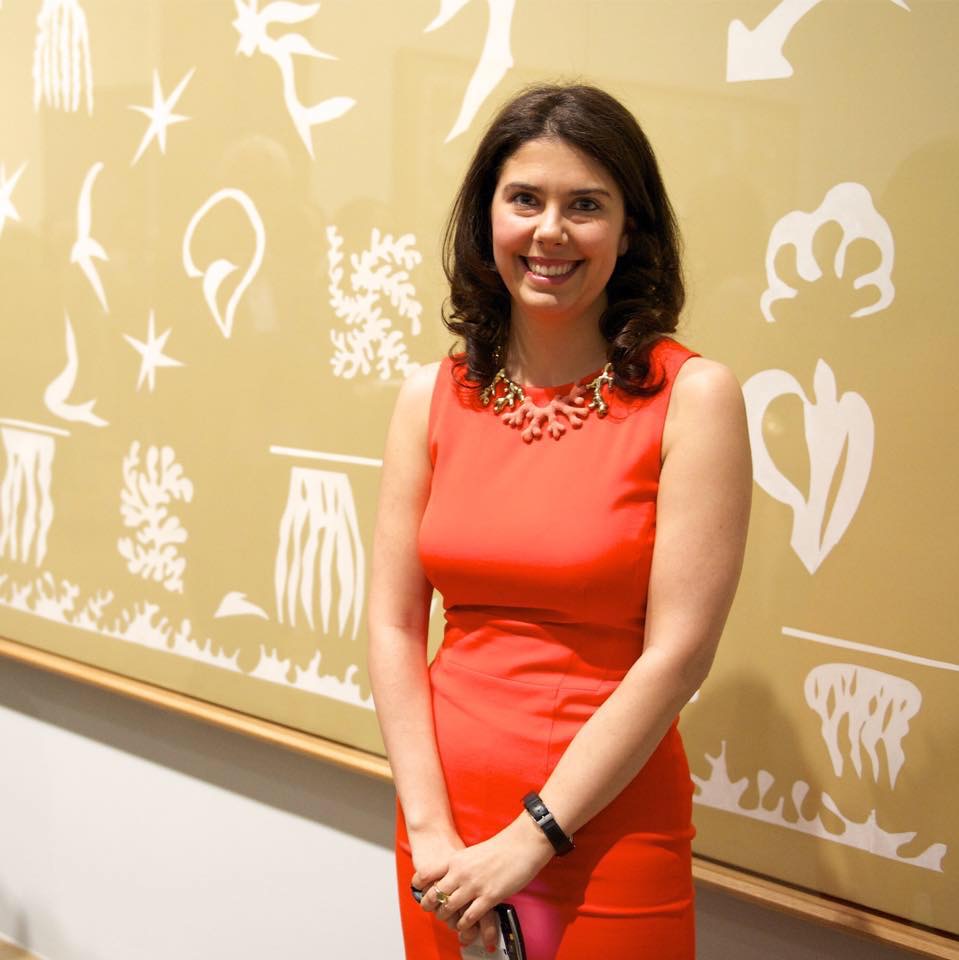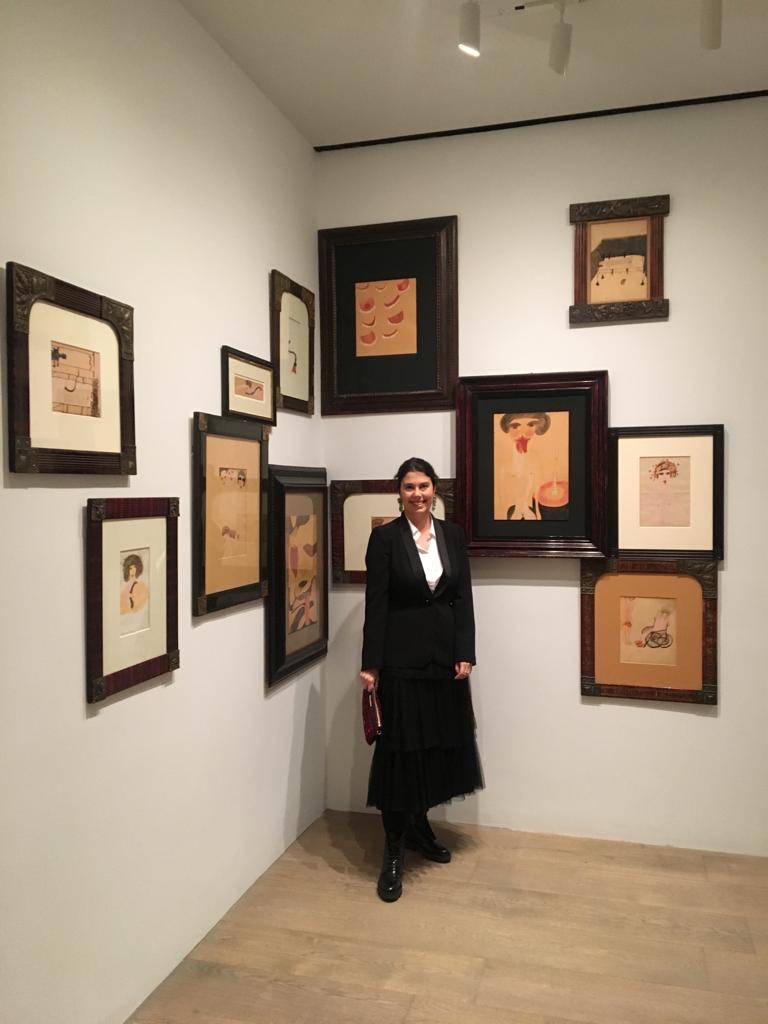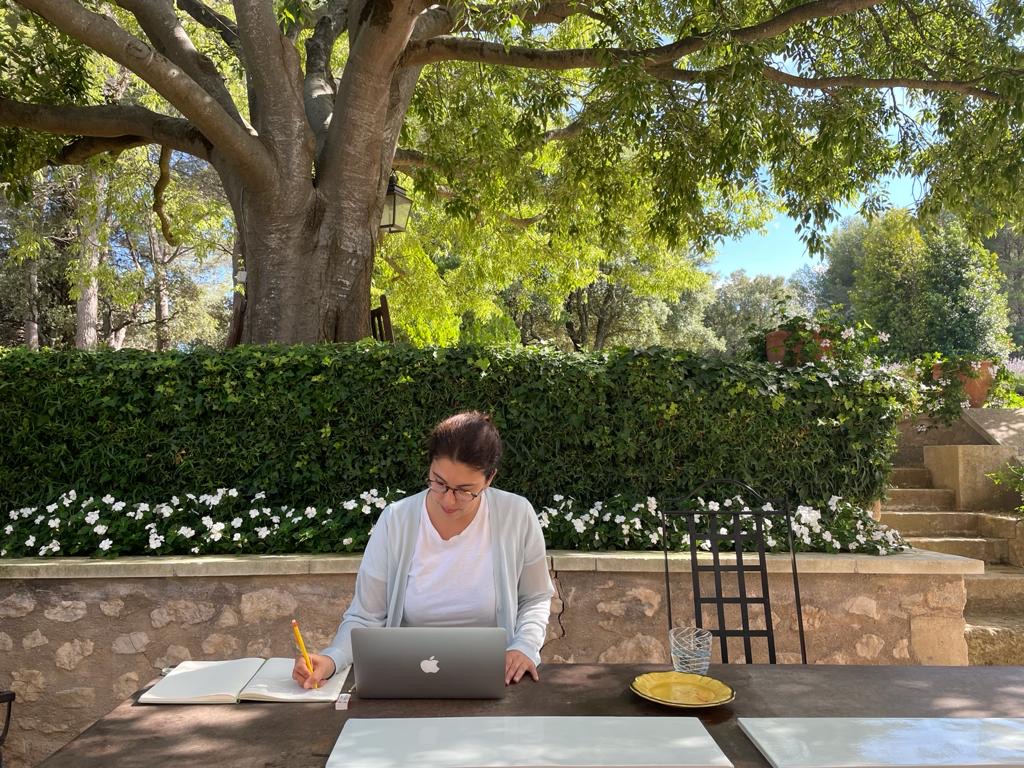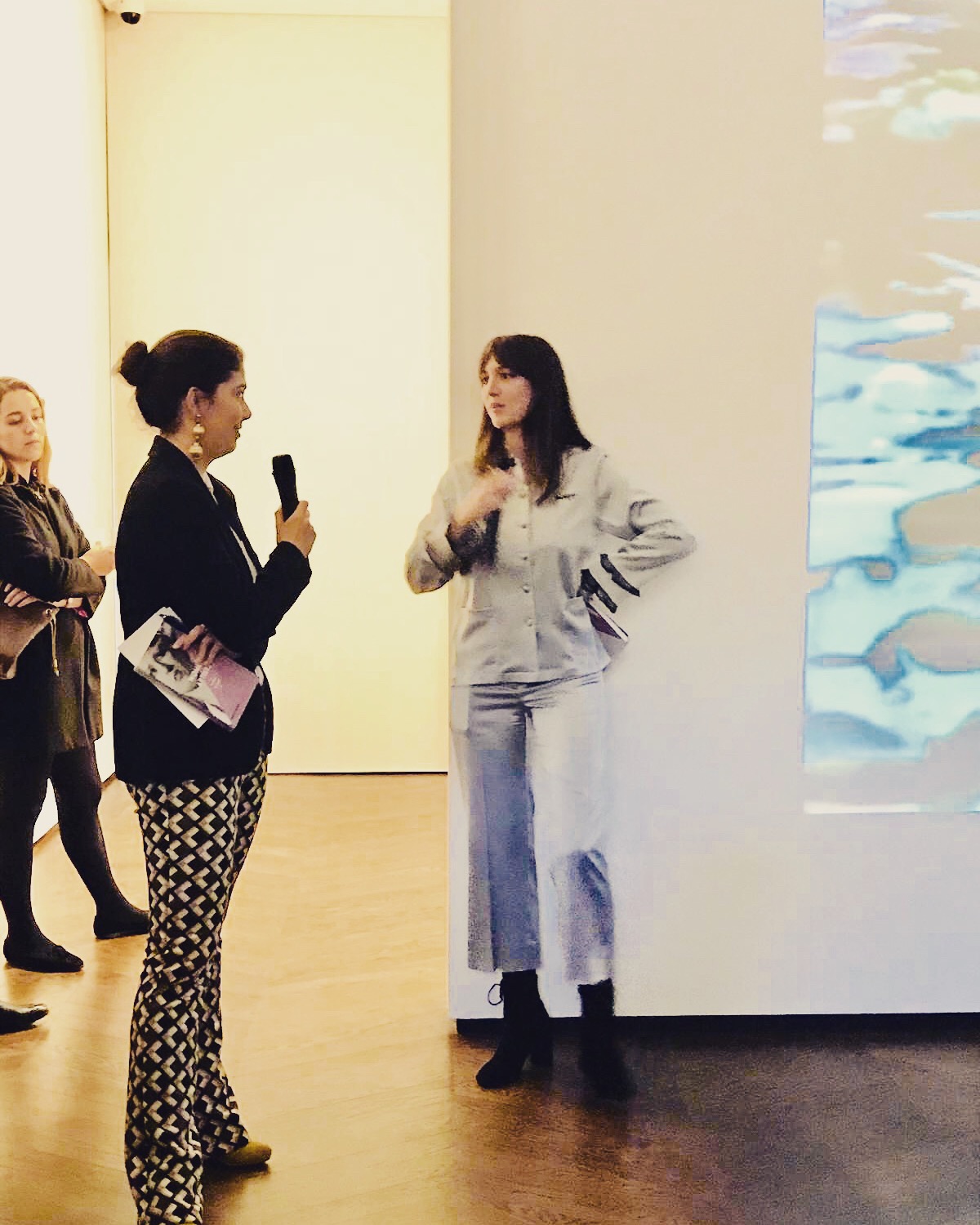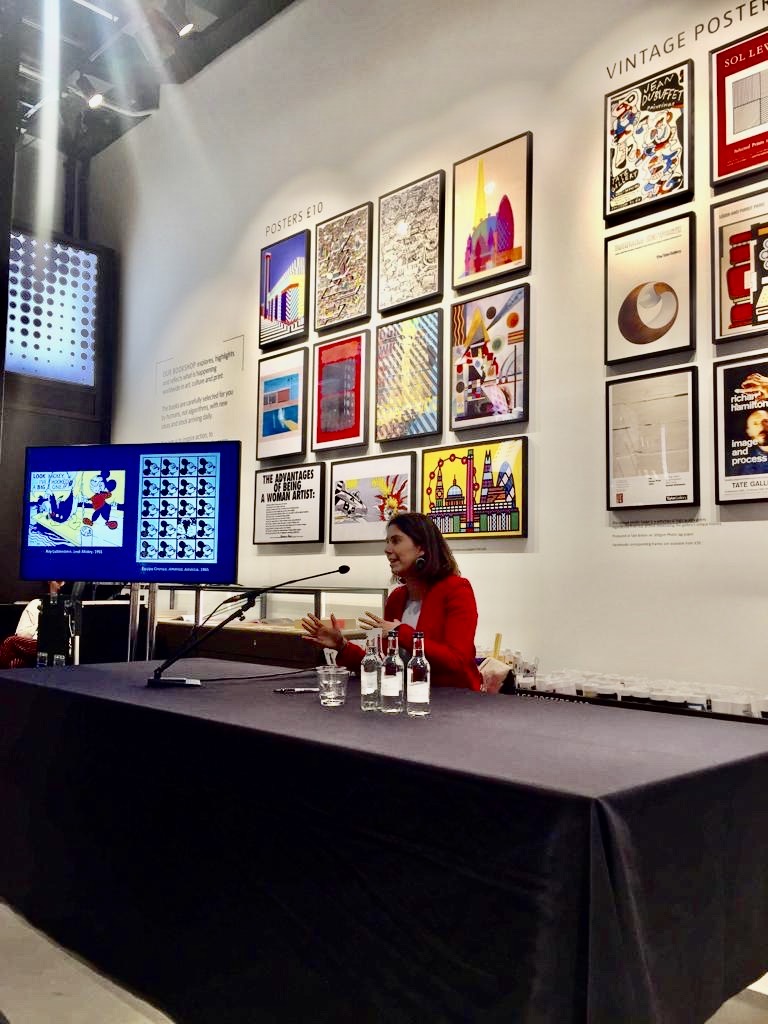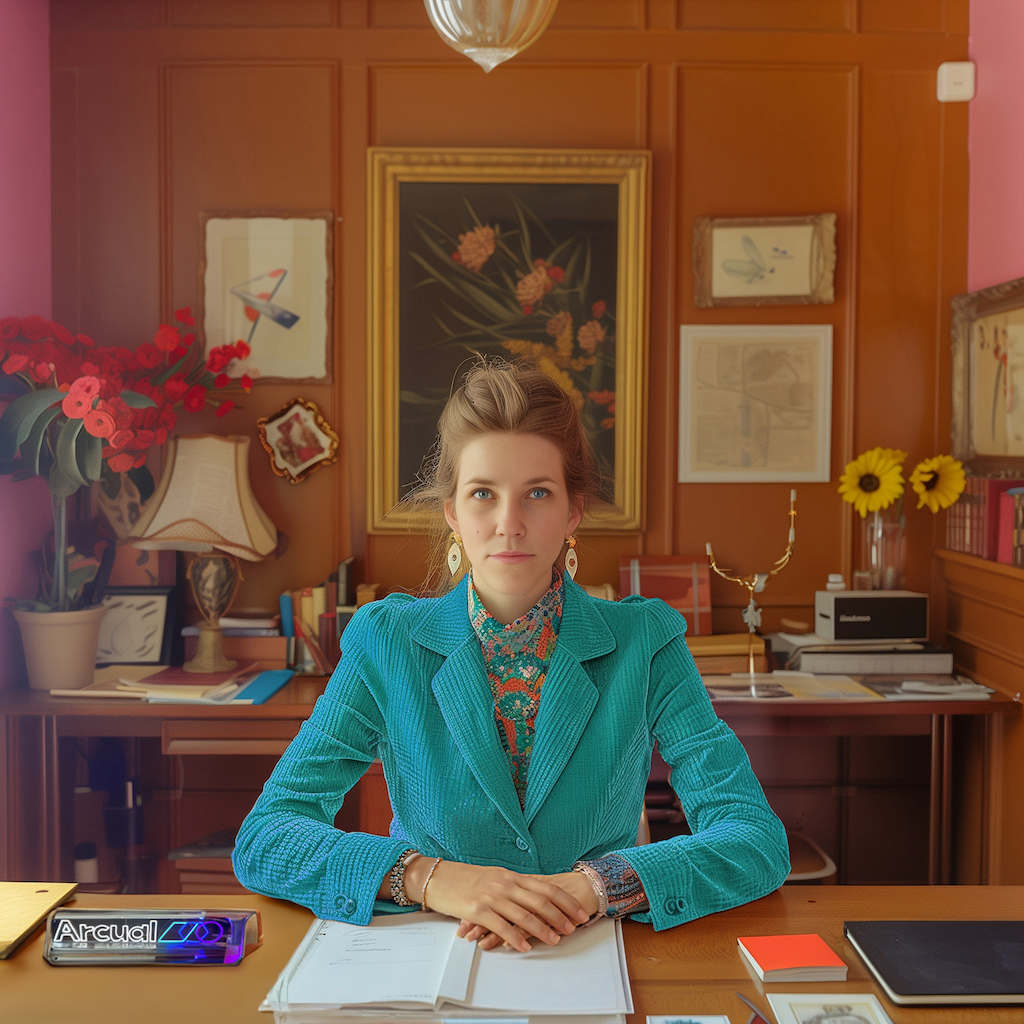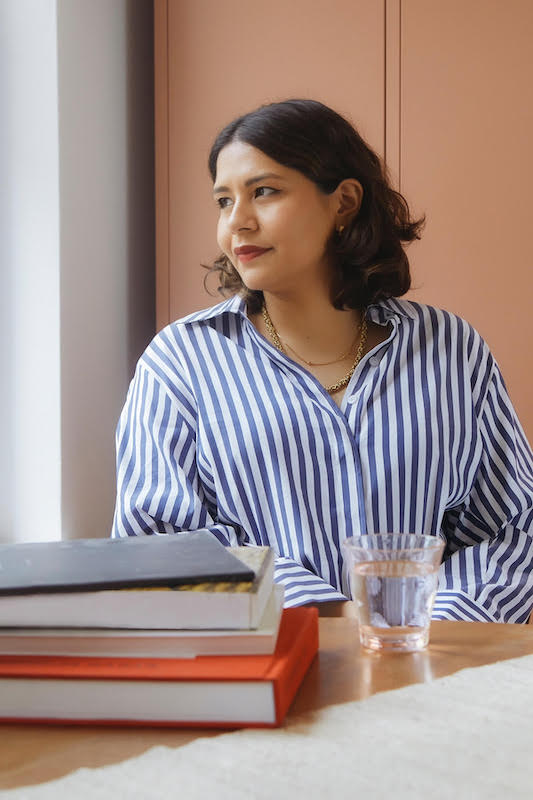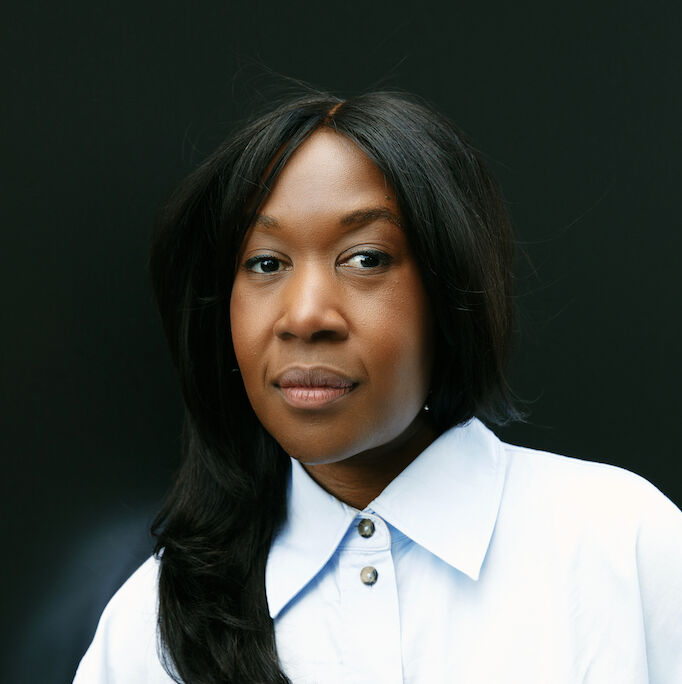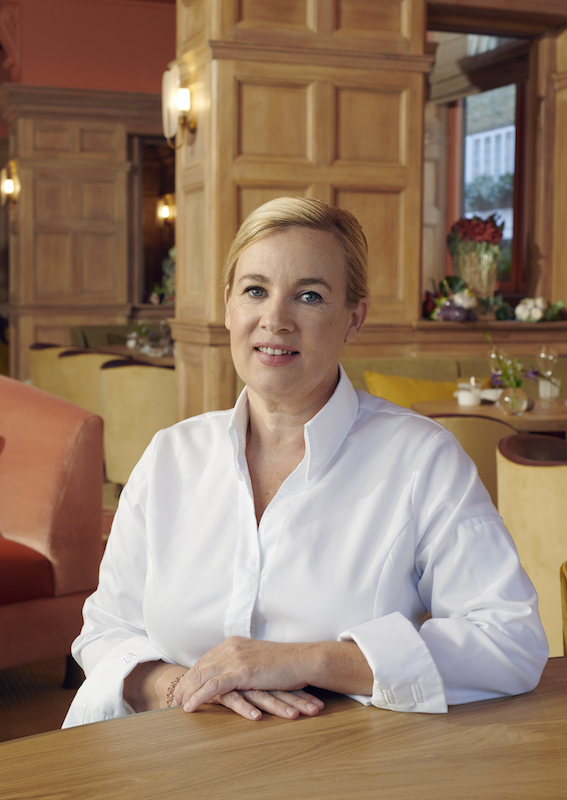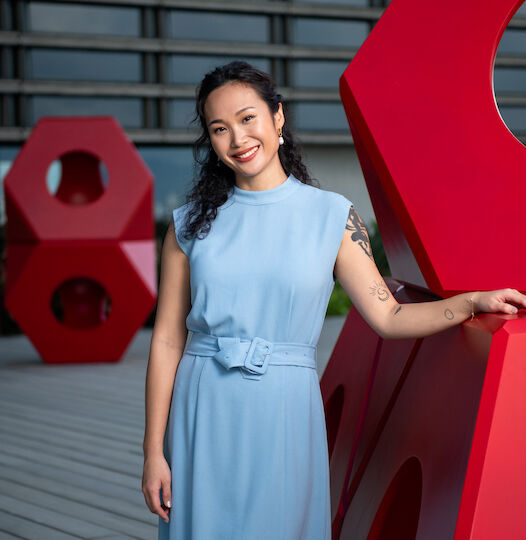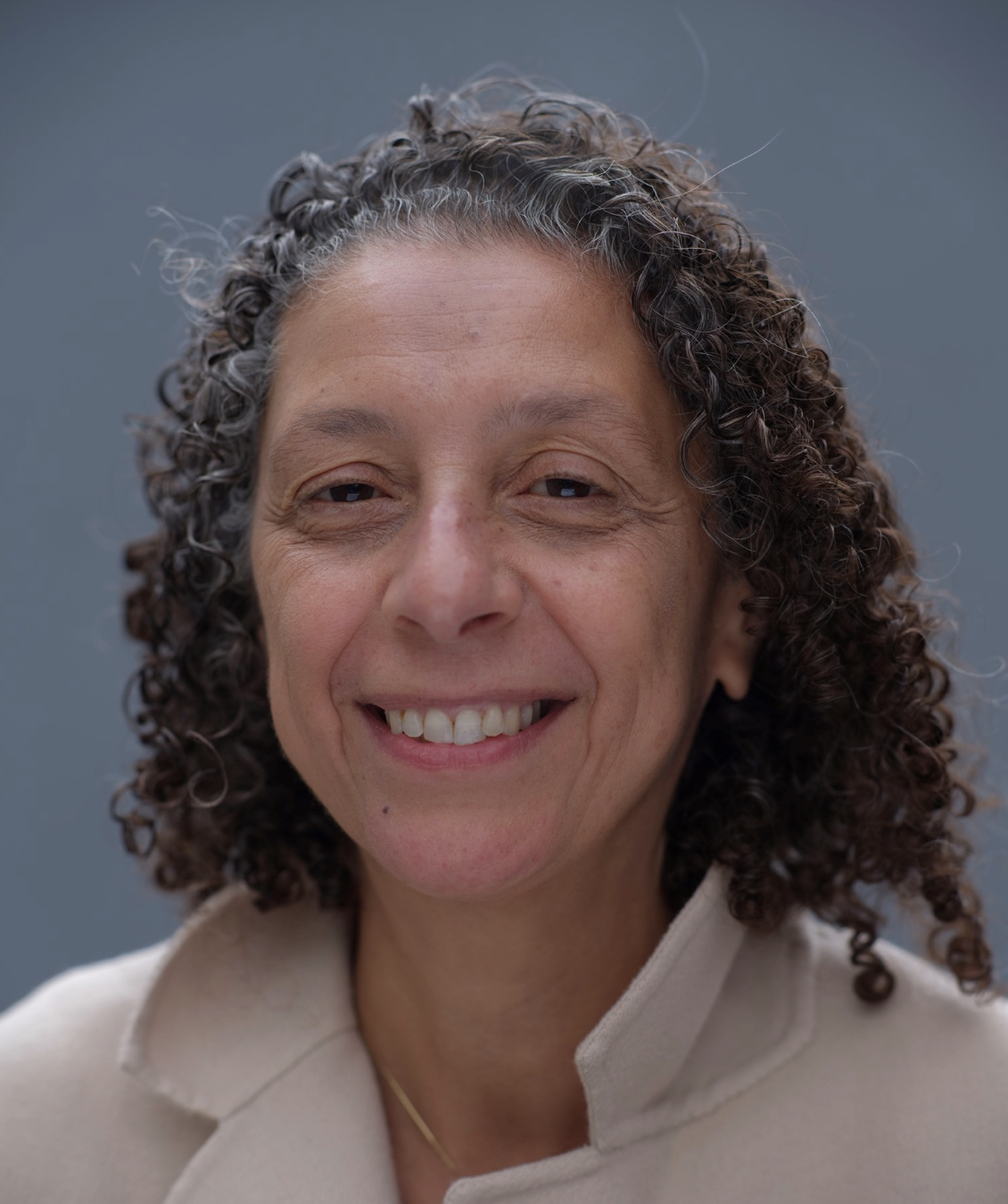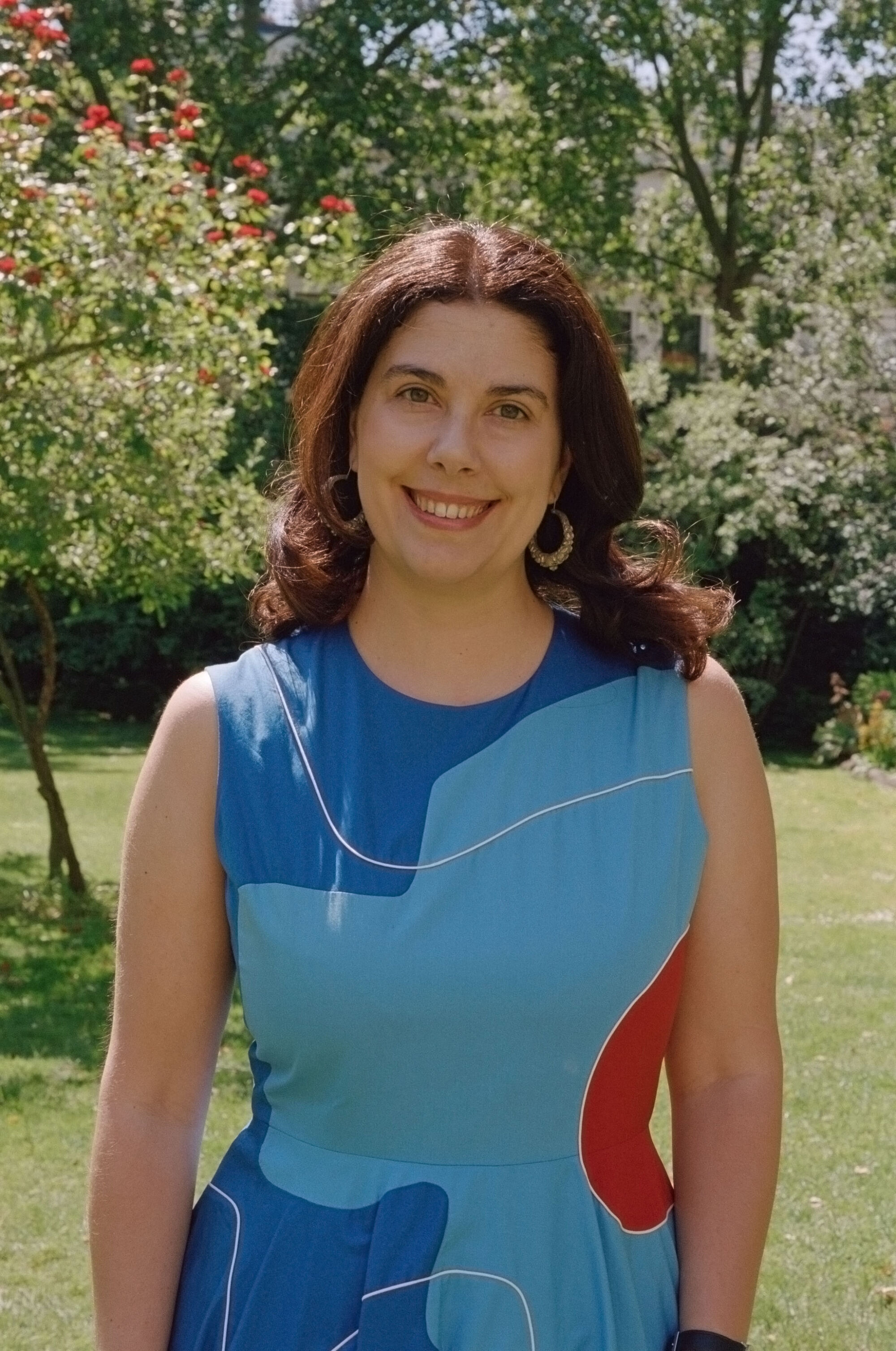

Interview Dr Flavia Frigeri Targets Gender Imbalance
Prior to joining the project, Frigeri was a teaching fellow in the History of Art department at University College London and Curator of International Art at Tate Modern where she brought together extraordinary works by the likes of Paul Klee and Henry Matisse from around the world. She is also a longstanding member of faculty on Sotheby’s Institute’s MA in contemporary art, the author of Pop Art and Women Artists and co-editor of the collected essays, New Histories of Art in the Global Postwar Era: Multiple Modernisms (Routledge, 2021). She is this week’s fascinating Monday Muse, too.
THE WICK: Talk us through a typical Monday.
Dr Flavia Frigeri: I generally wake up at 7am. I have a light breakfast and by 8am I’m ready for my Barrecore class. I’m not a sporty type, but I love barre – a great exercise for my mind and body. By 9am I’m in front of my laptop and ready to start my working week. On Mondays, I work for the NPG and my day tends to be evenly split between emails and Teams/Zoom meetings. When I manage, I also make some time for research, which is one of the most exciting parts of my job. At 7pm I sign off and, if I’m at home, I cook dinner (rigorously Italian) followed by some cheesy Netflix. I’m currently obsessed with K-dramas and for the romantics out there, I highly recommend Crash Landing on You ¬– it made me laugh and cry during the bleakest of the lockdown months.
TW: What do you think is the role of a curator in a 21st century digital world?
FF: To me, a curator is a storyteller and that will never change, even in an increasingly digital age. Digital platforms are offering curators more opportunities to showcase their work and thinking, and in the coming years we will see a proliferation of online exhibitions. However ¬– and this might sound old-fashioned – I still believe that nothing beats the feeling of being with an artwork in space and my hope is that I will be curating IRL shows for many years to come.
TW: You specialise in art of the post-war era. What excites you about this period?
FF: I was first drawn to post-war art during my MA at The University of Chicago. As a field of study, research and writing, it appealed to me because it is both close in time, and yet distant enough to allow critical distance. Artistically, the post-war moment was ripe with experimentation – think of Abstract Expressionism, Pop Art, Minimalism, Feminist Art, COBRA, Spatialism, Fluxus ¬– and marked the beginning of contemporary art, the way we know it today.
TW: You’ve worked on the curation of a number of critically acclaimed shows including Henri Matisse: The Cut-Outs (2014) and Paul Klee: Making Visible (2013). What are the challenges of curating a show, and which have you been most proud of?
FF: Every exhibition is different and comes with its own challenges. Paul Klee and Henri Matisse were incredibly ambitious projects, with extraordinary loans from all corners of the world. Matisse’s Cut-Outs, in particular, was five years in the making and was a true lesson in diplomacy – negotiating those stellar loans was probably as tough as it can ever get. However, the show that I am most proud of is The World Goes Pop (2015-16), which I co-curated with Jessica Morgan at Tate Modern. A reassessment of Pop Art on such a scale had never been done before. We travelled the world in search of Pop and came across some incredible artists and artworks, which were still very much under the radar.
“A curator is a storyteller and that will never change, even in an increasingly digital age.”
